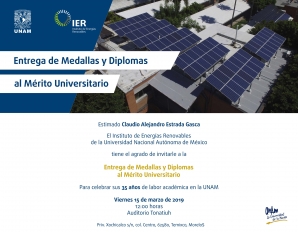Oscar A. Jaramillo-Quintero, Royer Valentín Barrera-Peralta, Abdel Ghafour El Hachimi, Alfredo Guillén-López, Obed Pérez, Edilso Reguera, Marina Elizabeth Rincón, Jesús Muñiz
Abstract
Increasing the electrochemical performance of electrode materials in sodium ion batteries (NIBs) remains a major challenge. Here, a combined experimental and theoretical investigation on the modification induced by Sb2S3 embedded in a heteroatom-doped 3D carbon matrix (CM) for efficient anodes in NIBs is presented. The structural and chemical characterization demonstrates the successful doping of 3D CM with S and Sb atoms. When evaluated as anode materials for NIBs, the heteroatom-doped nanocomposites delivered a better cycling stability and superior rate capability than those of undoped Sb2S3/CM anodes. First principle calculations were used at the Density Functional Theory level to systematically study the Sb2S3/CM and Sb2S3/heteroatom doped-CM composites, as NIBs anodes. Doping the carbon substrate by heteroatoms improved the adsorption of Sb2S3 on the matrix and allowed for ionic/covalent attraction with the Sb2S3 nanoparticle, respectively. Such results could be used to model the stabilty of the composite architectures observed in the experiment, for superior cycling stability.

